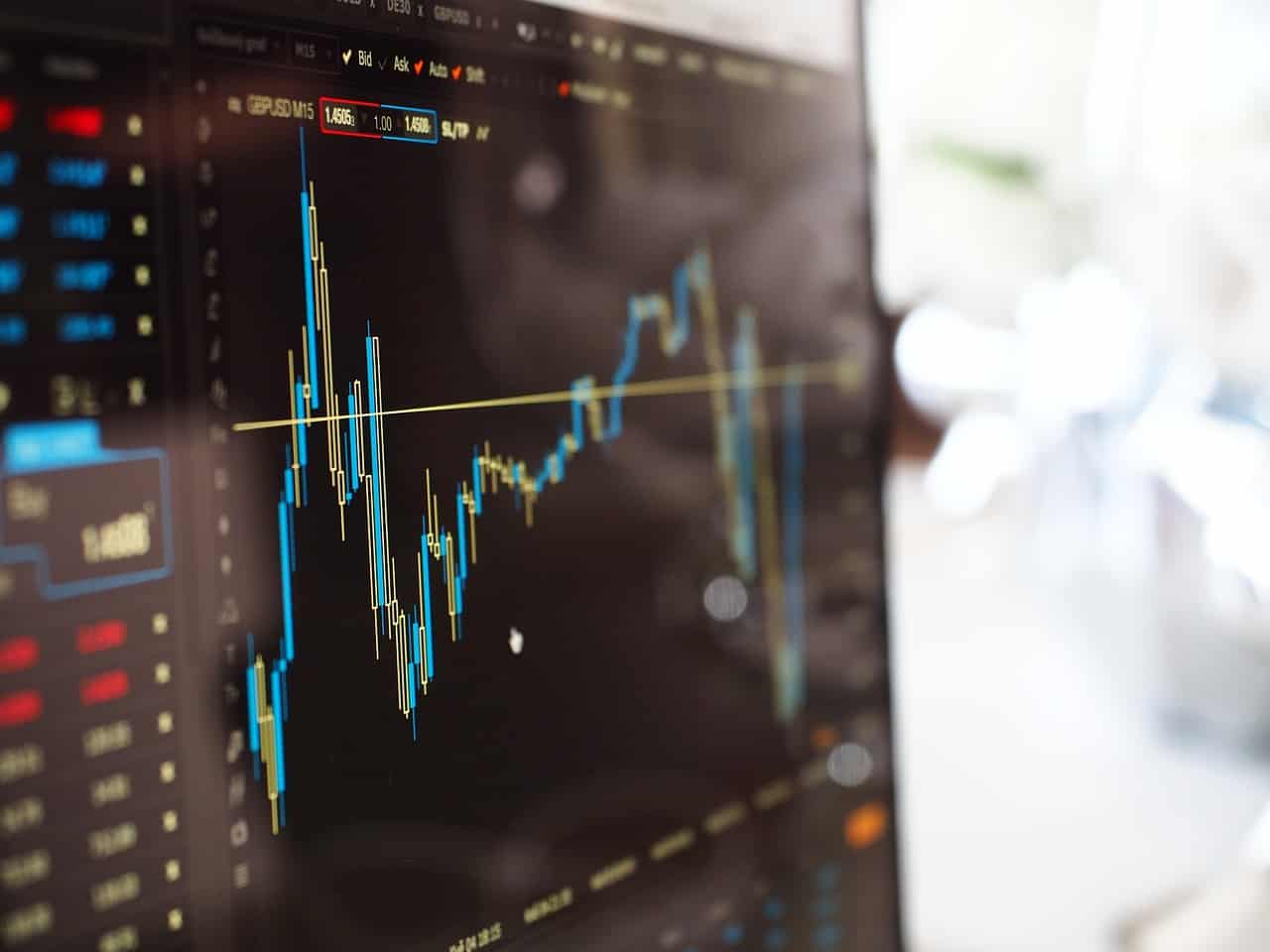
Over the last couple of years, the United States Federal Reserve (the Fed) has been slowly hiking interest rates to battle inflation. The decision has affected the interest rates for mortgages, student loans, credit cards and personal loans across the US. In fact, between March 2022 and the end of that year, there were 7 consecutive interest rate hikes.
The last interest rate increase was significantly smaller than previous hikes, which has left many wondering how long the Fed will continue to raise interest rates. However, inflation is not slowing down which means that the Fed must continue to implement strategies to beat the cost of living.
Interest rate hikes can have a varied impact on the value of the US Dollar.
On one hand, when the Federal Reserve raises interest rates, US dollar-denominated assets are more attractive to foreign investors because they can earn a higher return on their investment. As a result, demand for US dollars increases, causing its price to appreciate relative to other currencies.
However, high interest rates are typically put in place to slow the economy and reduce borrowing. This is not attractive to investors, as reduced borrowing means that companies have less money to put into development and can also lower dividend payouts. Therefore, it would not be surprising to see a dip in the value of the dollar if another hike takes place.
Nevertheless, the price of the dollar has spiked with recent interest rate decisions. According to the DXY chart, the dollar saw a significant spike after the 0.75 interest rate hike in 2022. The DXY reached a price of 114.188 on September 27th, 2022. The dollar managed to hold this price before dropping in November 2022. The DXY reached a low price in January but then began to rise again after another interest rate hike in February 2023.
If interest rates continue to rise in 2023, the value of the US dollar could get significantly stronger. In the most extreme case, USD could outperform current market leaders such as CHF, EUR or GBP, even if circumstances over the pond are not as dire as they were in late 2022. In fact, many experts have noticed that the exchange rate between USD and GBP is getting lower. Further interest rate hikes could propel this trend and see the DXY chart turning bullish.
However, the future price is never guaranteed and Fed interest rates are not the only factor that could influence the price of the dollar. It is important to consider other factors, such as:
The Federal Reserve has been raising US interest rates consistently for the past few years. Above, we have discussed how high interest rates could affect the price of the US dollar in 2023. However, it is important to note that price can never be guaranteed and the market is very volatile. There are many factors that affect the price of the dollar beyond interest rates.